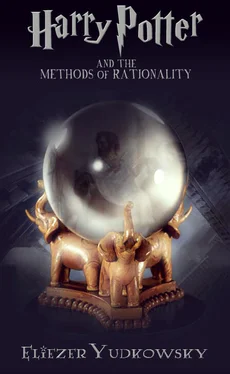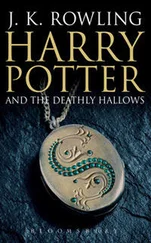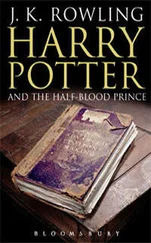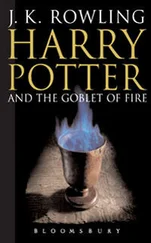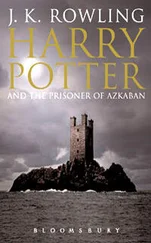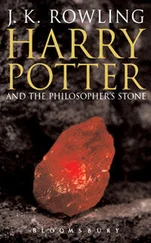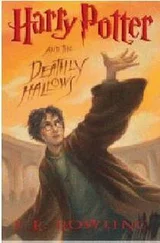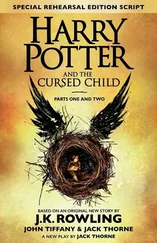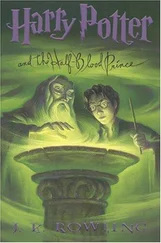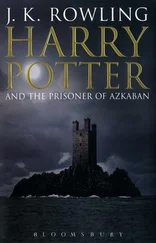Harry James Potter-Evans-Verres, theorist.
And Hermione Jean Granger, experimenter and test subject.
Harry was doing better in classes now, at least the classes he considered interesting. He'd read more books, and not books for eleven-year-olds either. He'd practiced Transfiguration over and over during one of his extra hours every day, taking the other hour for beginning Occlumency. He was taking the worthwhile classes seriously, not just turning in his homework every day, but using his free time to learn more than was required, to read other books beyond the given textbooks, looking to master the subject and not just memorize a few test answers, to excel. You didn't see that much outside Ravenclaw. And now even within Ravenclaw, his only remaining competitors were Padma Patil (whose parents came from a non-English-speaking culture and thus had raised her with an actual work ethic), Anthony Goldstein (out of a certain tiny ethnic group that won 25% of the Nobel Prizes), and of course, striding far above everyone like a Titan strolling through a pack of puppies, Hermione Granger.
To run this particular experiment you needed the test subject to learn sixteen new spells, on their own, without help or correction. That meant the test subject was Hermione. Period.
It should be mentioned at this point that the bats flying around the room were not glowing.
Harry was having trouble accepting the implications of this.
" Oogely boogely! " Hermione said again.
Again, at the tip of Hermione's wand, there was the abrupt, transitionless appearance of a bat. One moment, empty air. The next moment, bat. Its wings seemed to be already moving in the instant when it appeared.
And it still wasn't glowing.
"Can I stop now?" said Hermione.
"Are you sure," Harry said through what seemed to be a block in his throat, "that maybe with a bit more practice you couldn't get it to glow?" He was violating the experimental procedure he'd written down beforehand, which was a sin, and he was violating it because he didn't like the results he was getting, which was a mortal sin, you could go to Science Hell for that, but it didn't seem to be mattering anyway.
"What did you change this time?" Hermione said, sounding a little weary.
"The durations of the oo, eh, and ee sounds. It's supposed to be 3 to 2 to 2, not 3 to 1 to 1."
" Oogely boogely! " said Hermione.
The bat materialized with only one wing and spun pathetically to the floor, flopping around in a circle on the gray stone.
"Now what is it really?" said Hermione.
"3 to 2 to 1."
" Oogely boogely! "
This time the bat didn't have any wings at all and fell with a plop like a dead mouse.
"3 to 1 to 2."
And lo the bat did materialize and it did fly up at once toward the ceiling, healthy and glowing a bright green.
Hermione nodded in satisfaction. "Okay, what next?"
There was a long pause.
" Seriously? You seriously have to say Oogely boogely with the duration of the oo, eh, and ee sounds having a ratio of 3 to 1 to 2, or the bat won't glow? Why? Why? For the love of all that is sacred, why? "
"Why not?"
" AAAAAAAAARRRRRRGHHHH! "
Thud. Thud. Thud.
Harry had thought about the nature of magic for a while, and then designed a series of experiments based on the premise that virtually everything wizards believed about magic was wrong.
You couldn't really need to say 'Wingardium Leviosa' in exactly the right way in order to levitate something, because, come on, 'Wingardium Leviosa'? The universe was going to check that you said 'Wingardium Leviosa' in exactly the right way and otherwise it wouldn't make the quill float?
No. Obviously no, once you thought about it seriously. Someone, quite possibly an actual preschool child, but at any rate some English-speaking magic user, who thought that 'Wingardium Leviosa' sounded all flyish and floaty, had originally spoken those words while casting the spell for the first time. And then told everyone else it was necessary.
But (Harry had reasoned) it didn't have to be that way, it wasn't built into the universe, it was built into you .
There was an old story passed down among scientists, a cautionary tale, the story of Blondlot and the N-Rays.
Shortly after the discovery of X-Rays, an eminent French physicist named Prosper-Rene Blondlot - who had been first to measure the speed of radio waves and show that they propagated at the speed of light - had announced the discovery of an amazing new phenomenon, N-Rays, which would induce a faint brightening of a screen. You had to look hard to see it, but it was there. N-Rays had all sorts of interesting properties. They were bent by aluminium and could be focused by an aluminium prism into striking a treated thread of cadmium sulfide, which would then glow faintly in the dark...
Soon dozens of other scientists had confirmed Blondlot's results, especially in France.
But there were still other scientists, in England and Germany, who said they weren't quite sure they could see that faint glow.
Blondlot had said they were probably setting up the machinery wrong.
One day Blondlot had given a demonstration of N-Rays. The lights had turned out, and his assistant had called off the brightening and darkening as Blondlot performed his manipulations.
It had been a normal demonstration, all the results going as expected.
Even though an American scientist named Robert Wood had quietly stolen the aluminium prism from the center of Blondlot's mechanism.
And that had been the end of N-Rays.
Reality, Philip K. Dick had once said, is that which, when you stop believing in it, doesn't go away.
Blondlot's sin had been obvious in retrospect. He shouldn't have told his assistant what he was doing. Blondlot should have made sure the assistant didn't know what was being tried or when it was being tried, before asking him to describe the screen's brightness. It could have been that simple.
Nowadays it was called "blinding" and it was one of the things modern scientists took for granted. If you were doing a psychology experiment to see whether people got angrier when they were hit over the head with red truncheons than with green truncheons, you didn't get to look at the subjects yourself and decide how "angry" they were. You would snap photos of them after they'd been hit with the truncheon, and send the photos off to a panel of raters, who would rate on a scale of 1 to 10 how angry each person looked, obviously without knowing what color of truncheon they'd been hit with. Indeed there was no good reason to tell the raters what the experiment was about, at all. You certainly wouldn't tell the experimental subjects that you thought they ought to be angrier when hit by red truncheons. You'd just offer them 20 pounds, lure them into a test room, hit them with a truncheon, color randomly assigned of course, and snap the photo. In fact the truncheon-hitting and photo-snapping would be done by an assistant who hadn't been told about the hypothesis, so he couldn't look expectant, hit harder, or snap the photo at just the right time.
Blondlot had destroyed his reputation with the sort of mistake that would get a failing grade and probably derisive laughter from the T.A. in a first-year undergraduate course on experimental design... in 1991.
But this had been a bit longer ago, in 1904, and so it had taken months before Robert Wood had formulated the obvious alternative hypothesis and figured out how to test it, and dozens of other scientists had been sucked in.
More than two centuries after science had gotten started. That late in scientific history, it still hadn't been obvious.
Читать дальше
